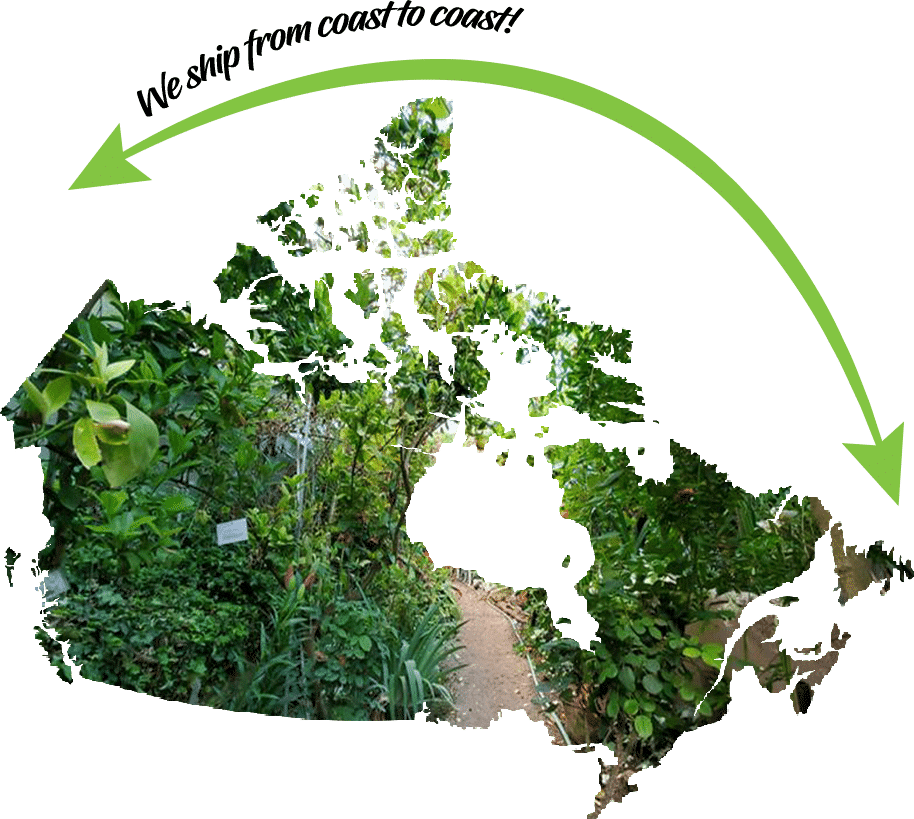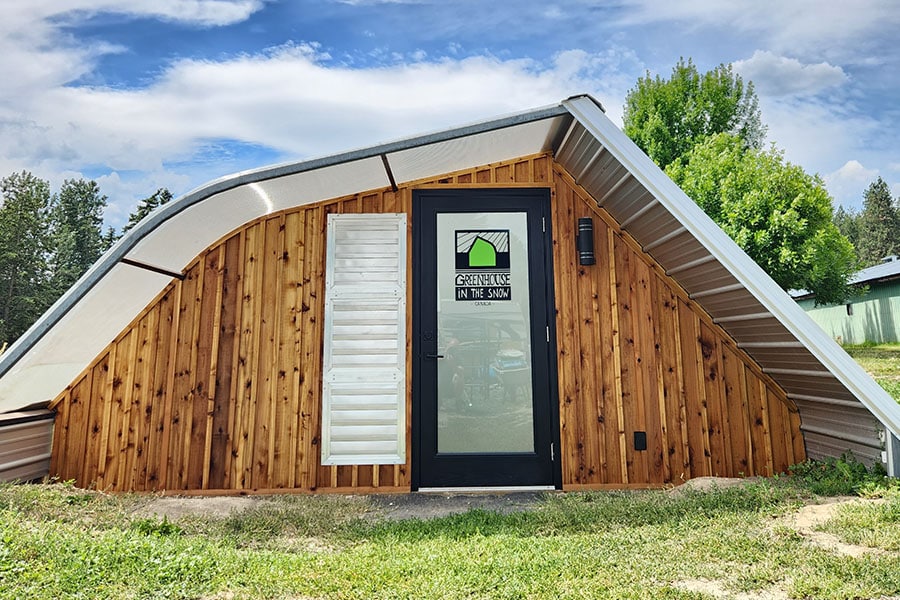How to Get Your Greenhouse
Step 2
Get your Custom Quote
Pick your sizing along with your heating source (liquid or air geothermal system). We’ll send
you a custom quote with estimated shipping costs, optional add-ons and payment
options.
Step 3
Send Deposit and Sign Agreement
We will walk you through the sales process and confirm all details. Check out our accepted payment methods below.
Step 4
Delivery and Installation
After 4-8 weeks, your kit will be delivered. Kits come with step-by-step instructions for
installation, and we will remain available during setup for any questions. Full installation
can be done in as little as 3 weeks!
Step 5
Start Growing!
You are now ready to start growing sustainably 365 days per year!
Which Geothermal Heating Option Is Right for You?
We offer two tested heating systems that keep your greenhouse growing even when it’s -40°C outside. Below is a side-by-side breakdown of how they work—and which one’s right for your setup.
AIR-TO-AIR GEOTHERMAL
This system uses underground air tubes to draw warmth from below
the frost line and circulate it through your greenhouse. Russ Finch’s original design, proven
for 35+ years.
LIQUID-TO-AIR GEOTHERMAL
This system uses liquid-filled tubing buried underground to pull heat from the earth and move it through an air handler. More heat, longer retention—ideal for winter performance.
Air-to-Air
Features- Year-round growing: ✅
- Energy efficient: ✅
- Highlights: Low operating costs
- Initial cost: $$
- Excavation: Greenhouse footprint + 250ft trench
- Best for: Off-grid properties, DIYers
- For grow zones: USDA Zone 2–9
- Automatic backup heat included: ❌
- Designed to heat a Greenhouse in the Snow: ✅
- Your water table depth: >12ft
Liquid-to-Air
FeaturesYear-round growing: ✅
- Energy efficient: ✅
Highlights: Best temperature regulation
Initial cost: $$$
Excavation: Greenhouse footprint
Best for: High water tables, rocky soil, humid areas
For grow zones: USDA Zone 2–9
Automatic backup heat included: ✅
Designed to heat a Greenhouse in the Snow: ✅
Your water table depth: Varies by soil condition



